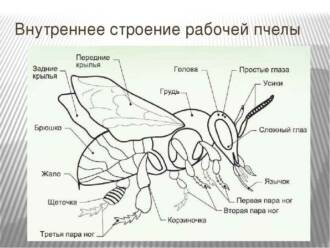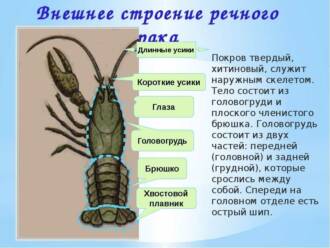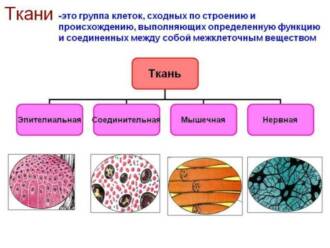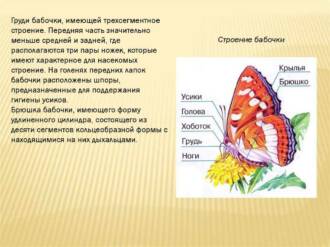
Butterfly antennae - This is one of the most important organs of touch that help them navigate the world around them. The antennae are a pair of thin, flexible and sensitive antennae that are located on the butterfly's head.
The functions of the antennae of a butterfly are diverse. They play a key role in finding food and a breeding partner. Thanks to the antennae, the butterfly can detect the scents emitted by plants or other butterflies and use them for its own purposes.
The structure of the antennae of a butterfly is very interesting. The antennae are made up of many segments that are connected to each other by flexible membranes. At the ends of the antennae are numerous sensory hairs that serve to receive various signals from the environment.
Butterfly antennae also play an important role in spatial orientation. Thanks to the antennae, the butterfly can determine the direction of the summer, the distance to objects and obstacles.
The butterfly skeleton, which includes antennae, is an adaptive and efficient organ that allows butterflies to successfully exist in various conditions. Studying the structure and function of butterfly antennae is helping scientists better understand the world of insects and how they interact with their environment.
What is a butterfly skeleton?

A butterfly's skeleton is the internal structure that provides support and protection to the insect's body. Butterflies have a fragile, lightweight body consisting of a head, thorax, and abdomen. However, instead of bones like humans, butterflies have a special type of skeleton called an exoskeleton.
The exoskeleton of a butterfly consists of rigid plates called sclerites, which are interconnected and form the outer shell of the body. It protects the internal organs of the butterfly from damage and provides a platform for muscle attachment.
A special feature of the butterfly's skeleton is its antennae. Antennae are a pair of sensory organs located on the butterfly's head. They play an important role in orientation and food detection. Antennae contain many sensory receptors that help the butterfly perceive odors and vibrations in the air.
Why does a butterfly need a skeleton?

The antennae of a butterfly are an important part of its anatomy, which helps it navigate the world around it. They are a kind of sensory organs that help the butterfly find food, determine the direction of movement and detect potential breeding partners.
However, in order for the antennae to perform their functions, the butterfly needs support and protection from its skeleton. The butterfly's skeleton is made up of hard and durable parts that provide support and protection for the antennae and other organs.
The butterfly's skeleton also allows it to maintain its shape and structure. It is the outer shell that supports the butterfly's body and protects it from damage. Thanks to the skeleton, the antennae of the butterfly remain strong and do not break when in contact with obstacles.
Thus, the butterfly's skeleton is necessary to ensure the functionality and protection of the antennae, as well as to maintain the shape and structure of the entire body. It is an integral part of the butterfly's anatomy and plays an important role in its survival and reproduction.
The structure of the skeleton of a butterfly

The butterfly's skeleton is a tough outer shell that protects its soft body and internal organs. It consists of several parts including the head, thorax and abdomen.
The head of a butterfly has various parts such as eyes, antennae and a proboscis. Butterfly eyes are made up of many small ocular ommatidia, which allows them to have a wide field of vision. Butterfly antennae are an important organ of touch and serve to detect food, mates, and danger.
The butterfly's chest consists of three segments, each of which has a pair of legs. Butterfly legs have various functions such as locomotion, hooking, and feeding. Each leg consists of several joints, which allows the butterfly to move flexibly.
The abdomen of a butterfly contains organs for digestion, respiration, and reproduction. Here are the intestines, heart, genitals and other internal organs. The abdomen also serves to store food and eggs.
External skeletal structure
The butterfly's skeleton consists of hard outer coverings that are formed from chitin. It is the basis for attaching muscles and organs, and also protects internal organs from damage. The butterfly skeleton has a number of characteristic features.
hard covers
The hard coverings of the butterfly's skeleton are called the exoskeleton. They are rigid plates connected by seams. The exoskeleton consists of several segments that allow the butterfly to move flexibly. It gives the butterfly its shape, supports its body and protects it from external influences.
Butterfly antennae
The antennae are an important element in the external structure of the butterfly's skeleton. They are located on the head and perform a number of functions. The antennae help the butterfly to navigate in space, to find food and breeding partners. They also serve as a sense organ capable of perceiving smells and vibrations. The antennae are composed of several segments that can move independently of each other.
Internal structure of the skeleton

The skeleton of a butterfly consists of several main parts, each of which performs its own function. One of the important components of the skeleton are the antennae of a butterfly. Antennae are a pair of thin and flexible organs that are located on the head of a butterfly.
The antennae serve a variety of purposes, such as orientation in space, finding food and a breeding partner. They have sensitive receptors that allow the butterfly to sense smells, vibrations, and other external stimuli.
The structure of the antennae is a chain of several segments that are interconnected by joints. Each antenna segment has its own shape and size, which allows the butterfly to perform various movements and perceive information from the environment.
Inside the antennae are nerve fibers and sensory cells that relay information to the butterfly's brain. Thanks to this, she can navigate in space, find food and find a partner for reproduction.
Butterfly Skeleton Functions
The antennae of a butterfly are an important element of its skeleton and perform several important functions.
Orientation in space
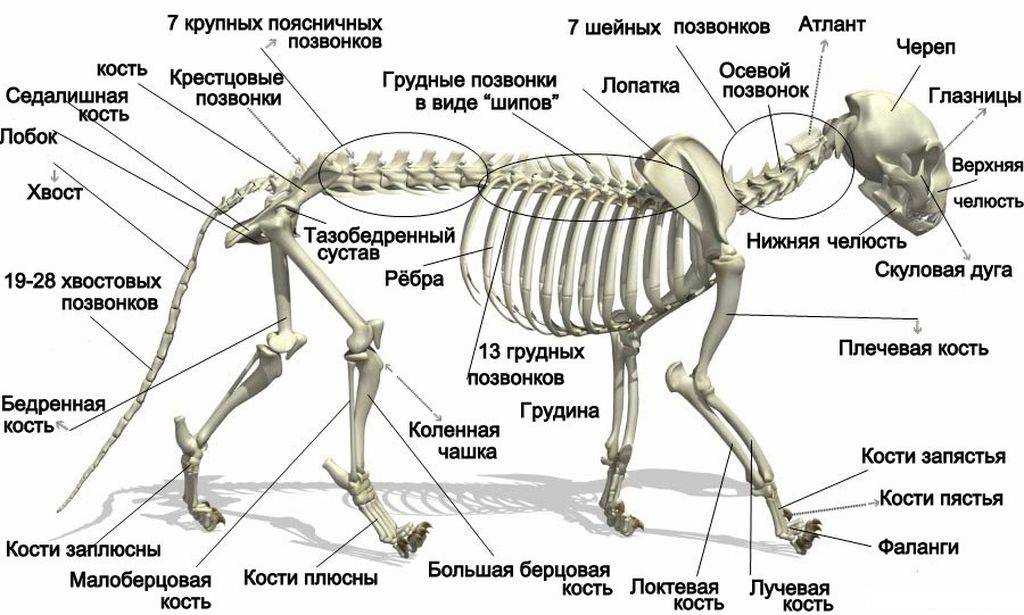
Butterfly antennae help her navigate in space. Due to their special structure and the presence of tactile receptors, they allow the butterfly to determine the direction and distance to objects around it. This is especially important during the flight, when the butterfly must skillfully maneuver and avoid obstacles.
Touch function
Butterfly antennae also perform a sensory function. They allow the butterfly to perceive various chemical and physical signals from the environment. For example, they can detect odors, tastes, and air temperature. This helps the butterfly find food, avoid danger, and find a breeding partner.
Communication
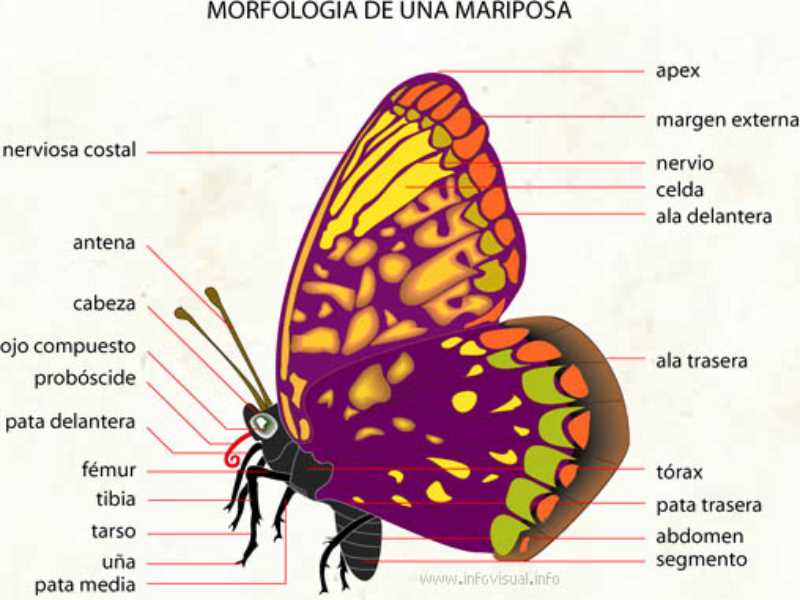
Butterfly antennae can also be used to communicate with other members of their species. They can transmit various signals, such as calling sounds or electrical impulses, to attract attention or warn of possible danger. Thus, antennae play an important role in the social interactions of butterflies and contribute to the conservation of their species.
Protection against external influences
Butterfly antennae play an important role in protection from external influences. They are one of the main organs of touch and help the butterfly to navigate in the environment.
The antennae consist of several segments, which are covered with fine hairs. These hairs serve as a protective function, preventing small particles, dust or dirt from entering the surface of the antennae. Thanks to this, the antennae of the butterfly remain clean and do not lose their sensitivity.
In addition, the butterfly's antennae also serve as a warning of possible danger. They are sensitive to air currents and environmental changes. If the butterfly senses danger, the antennae can react and help it take cover or fly to safety.
Body shape support
The butterfly's skeleton provides it with not only support, but also support for the shape of the body. The main structure of the skeleton is the joints that connect the various segments of the butterfly's body.
Butterfly antennae play a special role in maintaining the shape of the body. They are a pair of thin and flexible organs located on the head. The antennae consist of several segments, which are interconnected by movable joints.
Butterfly antennae perform several functions. They are used to sense the environment, including smells and vibrations. In addition, the antennae help the butterfly navigate in space and find food.
Due to their flexibility and mobility, the antennae are able to move independently in different directions. This allows the butterfly to easily adapt to changing conditions and maintain its body shape, even when windy or when looking for food.
Support for muscle activity
The antennae of a butterfly play an important role in supporting its muscular activity. They are a kind of sensory organs that help the butterfly navigate in space and find food. The antennae contain many nerve endings that respond to changes in airflow and other physical signals.
When a butterfly perceives a certain signal, such as the smell of a flower, the muscles of its antennae begin to contract and move towards the source of the smell. This allows the butterfly to make the most efficient use of its resources when looking for food. Thanks to this mechanism, the butterfly can quickly and accurately find a food source.
In addition, the butterfly's antennae help it navigate in space. They respond to changes in airflow caused by the movement of the butterfly or other objects around it. Thanks to this, the butterfly can avoid obstacles and dangers, as well as find a breeding partner.
Thus, the antennae of a butterfly play an important role in supporting its muscular activity. They help the butterfly navigate in space, find food and avoid dangers. Studies of the functions of butterfly antennae allow us to better understand the principles of organization and work of these amazing creatures.
Participation in the movement
The antennae of a butterfly play an important role in its movement. They are sense organs and help the butterfly navigate in space. The antennae contain many sensory receptors that respond to changes in airflow and allow the butterfly to determine the direction and speed of the wind.
Thanks to the antennae, the butterfly can also locate a food source or a breeding partner. It uses its sensitive antennae to find flowers that contain nectar or to detect pheromones given off by other butterflies.
The antennae also help the butterfly control its flight. Due to their flexibility and sensitivity, the antennae allow the butterfly to respond to changes in airflow and adjust its movement. They help the butterfly to maneuver and avoid obstacles while flying.
Role in reproduction
Butterfly antennae play an important role in the reproduction process. They are one of the main sense organs in butterflies and help them find breeding partners. Antennae contain many receptors that are able to perceive various chemicals, including pheromones released by other individuals of the same species.
Thanks to the antennae, butterflies can detect partners over long distances. They are able to sense the pheromones emitted by the females and head towards them to mate. The antennae also help butterflies determine the sex of a mate, which is important for successful reproduction.
In addition, butterfly antennae are used for communication between individuals. Some species of butterflies can communicate with each other by moving their antennae in certain patterns or placing them in certain positions. This helps them signal their attraction field or their readiness to mate.


